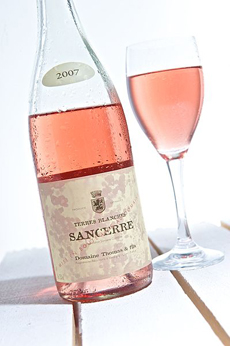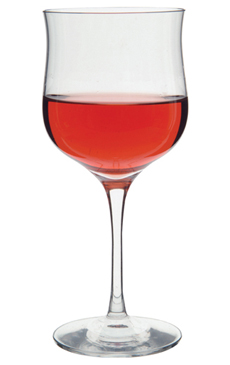TIP OF THE DAY: What Is Rosé Wine
|
Quick: What’s a rosé wine? According to Nielsen, premium imported rosés (those priced at $12 or more per bottle) grew by 39% in volume and 48% in dollar value in 2013, capping nine straight years of double-digit growth. In sum, a glass of chilled rosé is now hot. Surprise: Most wine grapes have clear juice, regardless of the skin color. The pink color in rosé—and the color of red wines—is obtained through skin contact. This means letting the crushed grape skins and fresh juice (which is called the “must”) of black-skinned grapes (a.k.a. purple or red grapes) rest together in a vat. The longer that the juice is left in contact with the skins (typically one to three days for rosé), the more color is extracted and the more intense the color of the final wine. When the color is the right shade for the brand, the must is then pressed and and the skins are discarded. The winemaker drains the juice from the skins and proceeds to make the wine in the same way most whites are made (cool fermentation and, for rosé, no oak). In the 1980s, American winemakers began using the term “blush wine” to sell their pink wines. The reasons: |
|
|
|
American pink wines, whether White Zin or the generic “blush,” are typically sweeter and paler than French-style rosé. The styles and tasting profiles of each are as varied and complex as any varietal, and richly deserve their new popularity.
|
||




